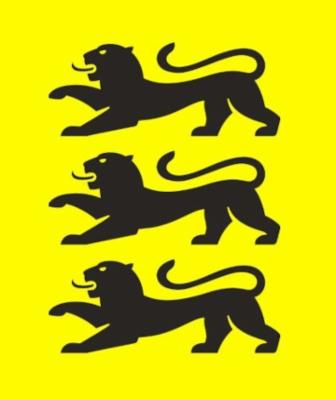Yes, with "Wohn-Riester", the state subsidizes the construction, purchase and barrier-reducing conversion of your own home. It also supports the repayment of a loan that you have taken out for the purchase or construction of your own home. The home must be your main residence, be occupied by you and be located within the EU or the EEA (Iceland, Liechtenstein and Norway). From the 2024 assessment period, energy-efficient refurbishment in or on a home will also be subsidized.
You must also be entitled to an allowance (e.g. compulsorily insured in the statutory pension insurance scheme, civil servant). If you are entitled to a subsidy, there are two ways to receive it.
The first option is to withdraw capital from an existing pension contract. You can either withdraw all or - under certain conditions - part of the money saved in the Riester contract. If you use this money, for example, to build a house or repay a loan taken out to buy a home, the withdrawal does not constitute a harmful use. You therefore do not have to repay the allowances and tax benefits you have received.
The second option relates to retirement provision contracts with a loan component. You can use the subsidy for a loan that you have taken out, for example, to build a house (or another subsidized measure). The payments made to repay the loan are then regarded as pension contributions and subsidized with allowances. The allowances granted are used to repay the loan. You are also entitled to a special expense deduction for the repayments, provided this is more favorable for you than the entitlement to the allowances. If you conclude such a contract in combination with a home loan and savings contract, both the deposits during the savings phase and the repayments during the loan phase are subsidized with allowances.
like the classic Riester contract, "Wohn-Riester" is taxed retrospectively. Subsequent taxation means that the contributions in the payment-in phase are subsidized for tax purposes (via allowances or special expense deductions), but the pension you receive in the payout phase must be taxed at your personal tax rate. With "Wohn-Riester", however, no pension is paid out that could be taxed. Instead, the tax is levied on the basis of the so-called "Wohn-Riester" account, on which the Central Allowance Office for Retirement Assets (ZfA) records the preferential withdrawals, repayments and allowances. Taxation takes place in accordance with § 22 No. 5 of the Income Tax Act (EStG) and begins with the payout phase. Unless otherwise agreed in the contract, the start of the payout phase is the age of 67. You also have two options here:
1. You can distribute the amount in the housing promotion account evenly over the years between the start of the payout phase and the year in which you reach the age of 85. This part of the amount is then taxed annually. The balance of the housing promotion account is reduced accordingly year by year.
2. Alternatively, you can also pay tax on the amount in the housing promotion account as a lump sum. In this case, only 70% of the amount entered in the housing promotion account is taxed. You can make use of this option either at the beginning of the payout phase or in a later year.
Further details can be found in the BMF letter "Tax incentives for private pension provision" dated 05.10.2023, BStBl I p. 1726
- on the types of preferential use, para. 257 - 283,
- on harmful use, margin no. 284 - 289, exceptions to harmful use, margin no. 287,
- on the housing subsidy account, para. 169 - 189.






